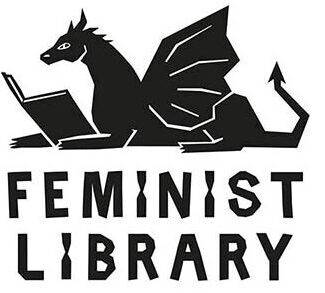Review: Gender Rebels, by Anneka Harry
 Gender Rebels, by Anneka Harry
Gender Rebels, by Anneka Harry
Review by Tallulah Griffith
I remember reading Treasure Island as a kid and complaining that there weren’t any women in it. I’m glad that young people will now have Gender Rebels! These short synopses of the lives of fifty gender disrupters is action-packed. Swashbucklers include the infamous eighteenth-century pirates Mary Read and Anne Bonny; ‘La Maupin’, a seventeenth-century bisexual fencing fiend; and Mary Frith, the pickpocketing lovable rogue. Though the stories may well have been distorted over time, it’s nonetheless very exciting to discover the legacies of these historical figures. La Maupin allegedly tried to break her lover out of a convent by bodysnatching a dead nun and setting fire to the building. Though not sent to a nunnery, Mary Frith did find herself shipped off to America, and rather than set fire to the boat she threw herself overboard to swim home. Anneka Harry spotlights soldiers who demanded military honours and pensions, but is attentive to peacekeepers too. We’re presented with a Native American clairvoyant, who mediated among warring tribes, do-gooder criminals who pursued absconding baby fathers, and even those who paid child support to those who insisted on their paternity.
The people in this book testify to that oft-repeated queer maxim, ‘we have always been here’ – in every walk of life. Aside from sword-fighters, Harry presents writers, singers, painters, manual labourers, politicians, doctors and football fans, to name just a few. Given the short chapters in quick succession, I wouldn’t recommend reading Gender Rebels cover to cover – for me it was best taken in small doses, and has really inspired me to research the figures in more detail. In terms of diversity, I count fourteen POC gender rebels. Though I couldn’t say for certain, I imagine this is a result of the kinds of historical research Harry was able to pull from. The book is structured chronologically, and the non-white figures feature most prominently in the recent history. Appropriately, though, the chronological order allows the book to open with Hatshepsut, a figure who epitomises just how systematically the writers of history have sought to erase gender revolutionaries. Equally, regarding the spread of these figures, it should be noted that this is a book about AFAB cross-dressers. This focus isn’t a bad thing – a book on all forms of cross-dressing could easily become quite diffuse. But if you’re looking for a book on trans women and drag queens, look elsewhere!
Overall, I’m here to sing the praises of this book and how important it is for queer visibility. One thing I would suggest prospective readers be aware of is the conversational tone, which is something I’ll admit I had to learn to love. At first, aside from anything else, I found the colloquialisms made the book a little hard to read, and I’d have to go over a sentence twice to understanding the chatty, excitable language. This was something I came to really enjoy, and found a bit like the wisdom of Elle Woods or Cher from Clueless – totally insightful, available in a variety of bubblegum shades. It made the stories relatable and memorable, and made me think of the oral tradition and/or gossip by which these stories were mythologised. If I were to be critical, I’d say that this occasionally means that things which are complex and difficult are rendered a little carelessly. For instance, Ellen Craft, a self-emancipated woman who found her freedom by passing as a white man, is described as choosing a tree on the plantation where she was born as her resting place because she was ‘forever proud of her roots’. Occasional clumsy puns aside, I’d say Gender Rebels is an inspiring read, and great addition to the Feminist Library’s collection.
